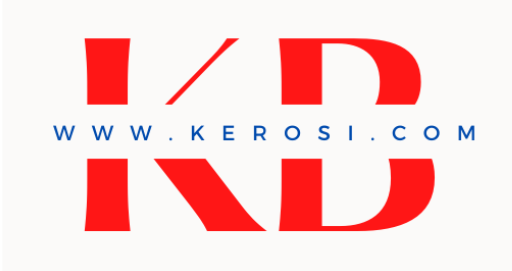Levels of Inflation in Sub Saharan Africa
Annual Inflation rose to 8.3% in August 2017 compared to 6.5% in the same period in 2016. This increase is attributed to rise in cost of food and non-alcoholic drinks and transport during the period due to depressed supply especially in the second week of the month. This was due to general elections conducted on 8th August, 2017.
Ghana and Nigeria are two countries in SSA which are experiencing high rates of inflation. This is a sign of difficult economic conditions as a result of foreign currency shortages as a result of lower commodity revenues and slow policy adjustment.
The following is an average of inflation levels in SSA
- Nigeria = 15.9%
- Ghana = 11.9%
- Burundi = 13.6%
- Kenya = 7.5%
- South Africa = 4.6%
In South Africa, there is low inflation. This is a sign of improved weather conditions that led to bumper harvest.
EAC countries except Burundi continue to register low inflation rates as a result of prudent monetary and fiscal policy management. The political instability in Burundi is the reason for high inflation.
Read more;
–IMF approves Ksh 78.4 Billion loan to cushion Kenyan economy from Covid-19

